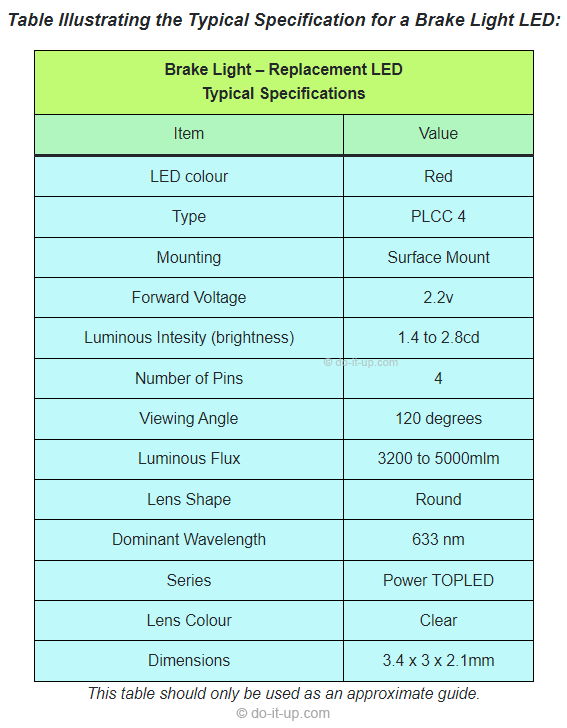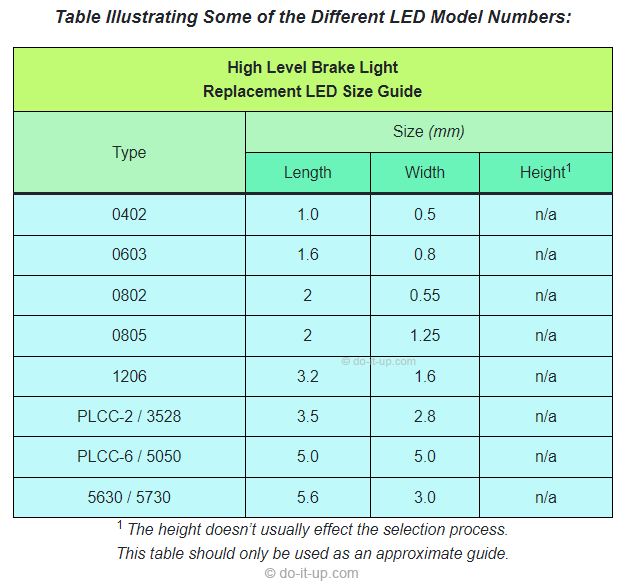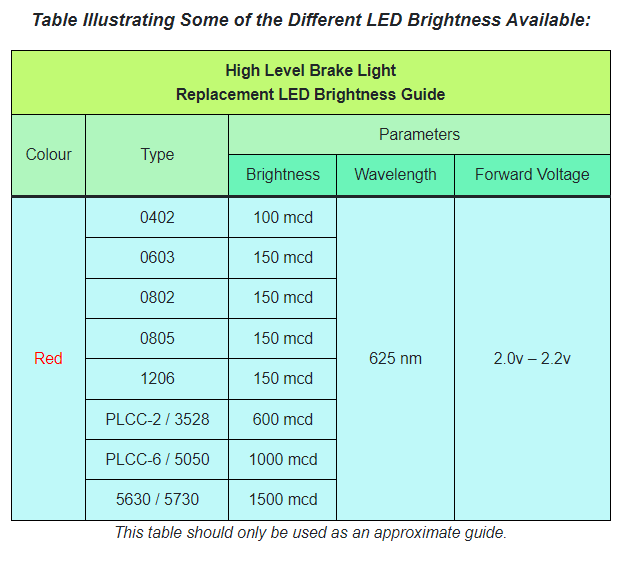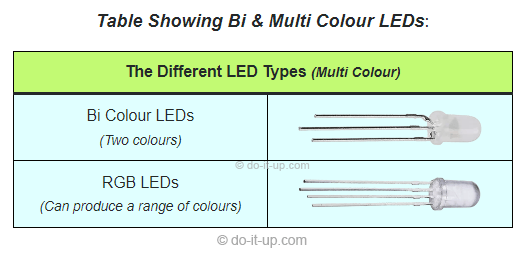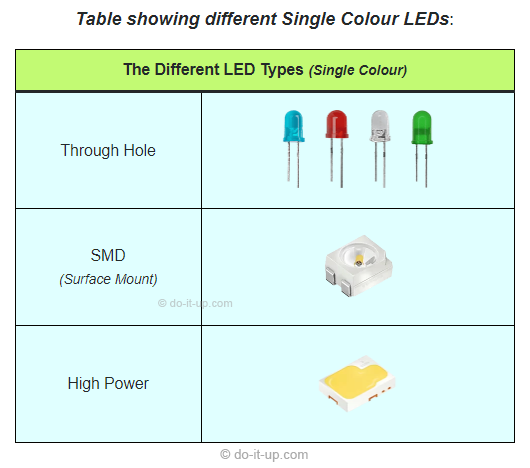Vehicle Lights – Replacing Defective (Dead) LEDs
How do you fix dead LEDs (Light Emitting Diode) on your car or truck? If you have lights with individual LEDs (rather than an LED bulb) that are defective, how do you repair and replace the LED light without replacing the whole light fitting? There are many different types, (colours, shapes, sizes and brightness). Which is the correct replacement LED, what should I use?
Topics:
How to Find out Which Replacement LED to Use?
When you look at a broken LED, they are small and often have no markings. There are many different sizes, shapes, colours and specifications. How do I determine which LED to use?
Determining the LED Type:
The first thing to do is determine what type of LED is fitted. It could be one of the following:
Table showing different Single Colour LEDs:
| The Different LED Types (Single Colour) | ||
|---|---|---|
| Through Hole | 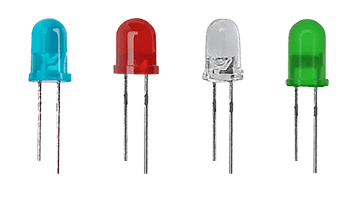
|
|
| SMD (Surface Mount) |
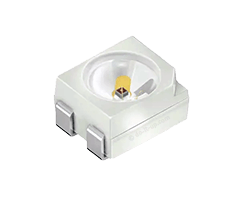
|
|
| High Power | 
|
|
There are also two colour & multi colour LEDs:
Table Showing Bi & Multi Colour LEDs:
| The Different LED Types (Multi Colour) | ||
|---|---|---|
| Bi Colour LEDs (Two colours) |

|
|
| RGB LEDs (Can produce a range of colours) |

|
|
Note:
The second group (bi colour and RGB LEDs), can often fitted as decorative lighting inside a vehicle.
Find the Model Number of the LED:
The model number of the LED is often defined by its size. Therefore you may need to measure the size of the LED currently fitted.
By using the table below, we can get a good indication of what type of LED is fitted and what LED you may need to purchase.
Table Illustrating Some of the Different LED Model Numbers:
| High Level Brake Light Replacement LED Size Guide |
||||
|---|---|---|---|---|
| Type | Size (mm) | |||
| Length | Width | Height1 | ||
| 0402 | 1.0 | 0.5 | n/a | |
| 0603 | 1.6 | 0.8 | n/a | |
| 0802 | 2 | 0.55 | n/a | |
| 0805 | 2 | 1.25 | n/a | |
| 1206 | 3.2 | 1.6 | n/a | |
| PLCC-2 / 3528 | 3.5 | 2.8 | n/a | |
| PLCC-6 / 5050 | 5.0 | 5.0 | n/a | |
| 5630 / 5730 | 5.6 | 3.0 | n/a | |
This table should only be used as an approximate guide.
What Brightness LED do I Need?
Brake lights are brighter than tail lights, so you need to make sure the LED is of the correct brightness…
The table below gives the brightness of each type of LED. From this, we can get a good indication of the type of LED we need and confirmation that we have selected the correct LED. i.e. 600 mcd appears a good deal brighter than smaller LED’s listed in the table above.
Table Illustrating Some of the Different LED Brightness Available:
| High Level Brake Light Replacement LED Brightness Guide |
||||
|---|---|---|---|---|
| Colour | Type | Parameters | ||
| Brightness | Wavelength | Forward Voltage | ||
| Red | 0402 | 100 mcd | 625 nm | 2.0v – 2.2v |
| 0603 | 150 mcd | |||
| 0802 | 150 mcd | |||
| 0805 | 150 mcd | |||
| 1206 | 150 mcd | |||
| PLCC-2 / 3528 | 600 mcd | |||
| PLCC-6 / 5050 | 1000 mcd | |||
| 5630 / 5730 | 1500 mcd | |||
LED intensity is the millicandela (mcd)), 1000 millicandela equals 1 candela (cd).
Looking at the two tables, the most likely LED fitted to most high level brake lights is:
PLCC-2 / 3528
Check the LED you intend to purchase as follows:
- Does the new LED match the original type fitted.
- Does the size of the original LED match the new one.
- Is the brightness of sufficient strength for a brake light (the PLCC-2 / 3528 LED is much brighter than the previous smaller size LED’s) .
This is only a guide, but it should go some way to working out what LED you need for a high level brake light.
Table Illustrating the Typical Specification for a Brake Light LED:
| Brake Light – Replacement LED Typical Specifications |
|||
|---|---|---|---|
| Item | Value | ||
| LED colour | Red | ||
| Type | PLCC 4 | ||
| Mounting | Surface Mount | ||
| Forward Voltage | 2.2v | ||
| Luminous Intesity (brightness) | 1.4 to 2.8cd | ||
| Number of Pins | 4 | ||
| Viewing Angle | 120 degrees | ||
| Luminous Flux | 3200 to 5000mlm | ||
| Lens Shape | Round | ||
| Dominant Wavelength | 633 nm | ||
| Series | Power TOPLED | ||
| Lens Colour | Clear | ||
| Dimensions | 3.4 x 3 x 2.1mm | ||
Other Information:
Make sure you attach the LED the right way round…
The current in an LED, only flows in one direction:
- When a voltage is applied (a forward bias), a current will flow through the device.
- When a voltage is applied with the polarity reversed (a reverse bias), no current will flow.
- More Detail – The positive side of an LED is called an Anode, and the negative side a Cathode. The current flows from the Anode to the Cathode and is unable to flow in the opposite direction. There are often marking to indicate this. If in doubt, you can always check with a test meter…
Image Gallery:
– click or tap the image to view full size –
